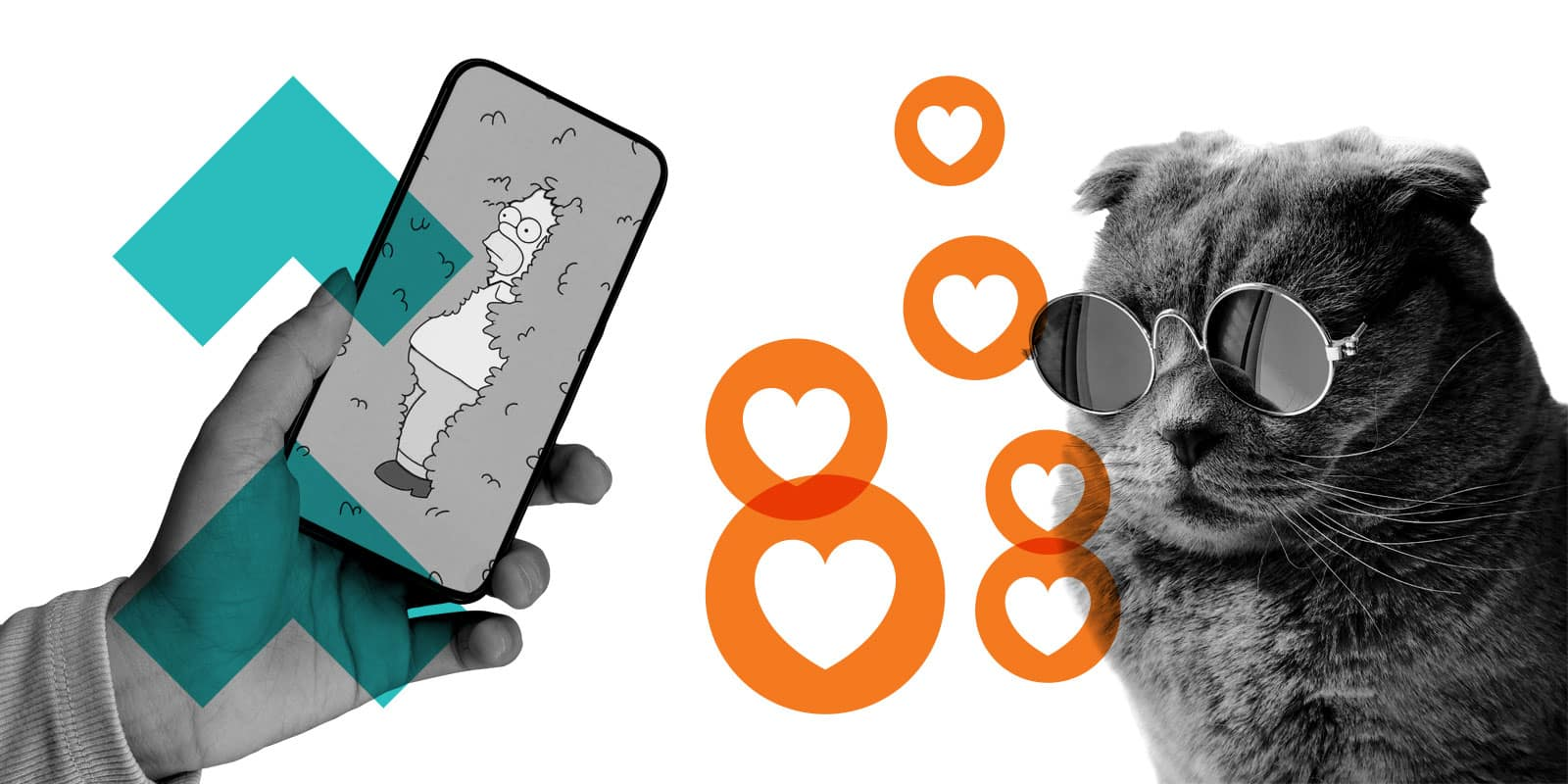
Marketing today is all about grabbing attention quickly and effectively. With short attention spans and information overload, brands need to find creative ways to communicate their messages. Enter minimalist marketing—a strategy that embraces simplicity, clarity, and impact. And what better way to achieve that than through memes?
Memes have become a cultural phenomenon, spreading like wildfire across social media platforms. Their ability to convey humor, emotions, and relatable content in a simple visual format makes them a powerful tool for brands. But how exactly do memes fit into minimalist marketing?
Content Table
| S.no. | Content |
| 1 | Why Memes Work for Minimalist Marketing |
| 2 | How Brands Can Use Memes Effectively |
| 3 | Successful Examples of Memes in Marketing |
| 4 | Conclusion |
Why Memes Work for Minimalist Marketing
Minimalist marketing is all about doing more with less—using concise messaging, striking visuals, and emotional appeal to connect with audiences. Memes naturally align with these principles because:
- They are visually simple yet impactful – A meme usually consists of a single image and a short caption, making it easy to digest at a glance.
- They are relatable and engaging – People love sharing content that resonates with them, and memes tap into universal emotions and experiences.
- They enhance brand personality – A well-crafted meme can humanize a brand, making it feel more approachable and relevant.
- They have viral potential – Memes are inherently shareable, increasing brand visibility with minimal effort.
How Brands Can Use Memes Effectively
- Know Your Audience
- Before jumping into meme marketing, understand what type of humor and content your audience finds appealing. A meme that works for Gen Z may not resonate with an older demographic.
- Stay on Trend
- Memes evolve rapidly. Keeping an eye on trending memes and pop culture references ensures your brand stays relevant. However, be cautious—jumping on a meme too late can make your brand seem out of touch.
- Keep It Authentic
- Forced or overly promotional memes can backfire. The key is to weave your brand message into the meme without making it feel like an ad.
- Use High-Quality, Recognizable Templates
- Some meme formats are universally known and instantly recognized, making them more effective. For example, formats like Distracted Boyfriend or Drakeposting are well-established and can be cleverly adapted to fit a brand’s messaging.
- Encourage User-Generated Content
- Invite your audience to create and share memes related to your brand. This not only increases engagement but also fosters a sense of community.
Successful Examples of Memes in Marketing
- Netflix & Chill – Netflix has embraced memes that align with its brand voice, using humor to engage its audience.
- Gucci Meme Campaign – Gucci cleverly used memes as part of its marketing strategy, blending high fashion with internet humor to attract younger consumers.
- Wendy’s Twitter Roast – Wendy’s is famous for its witty and meme-driven social media presence, which has earned it a loyal following.
Conclusion
Memes are not just internet jokes; they are powerful storytelling tools that can elevate a brand’s marketing strategy. When used correctly, they align perfectly with minimalist marketing principles by delivering impactful, shareable content with minimal effort. Whether you’re a small business or a global brand, integrating memes into your marketing can make your brand more relatable, engaging, and ultimately, more successful.
So, the next time you plan a campaign, remember: a well-timed meme might be the secret ingredient to your brand’s viral success!

